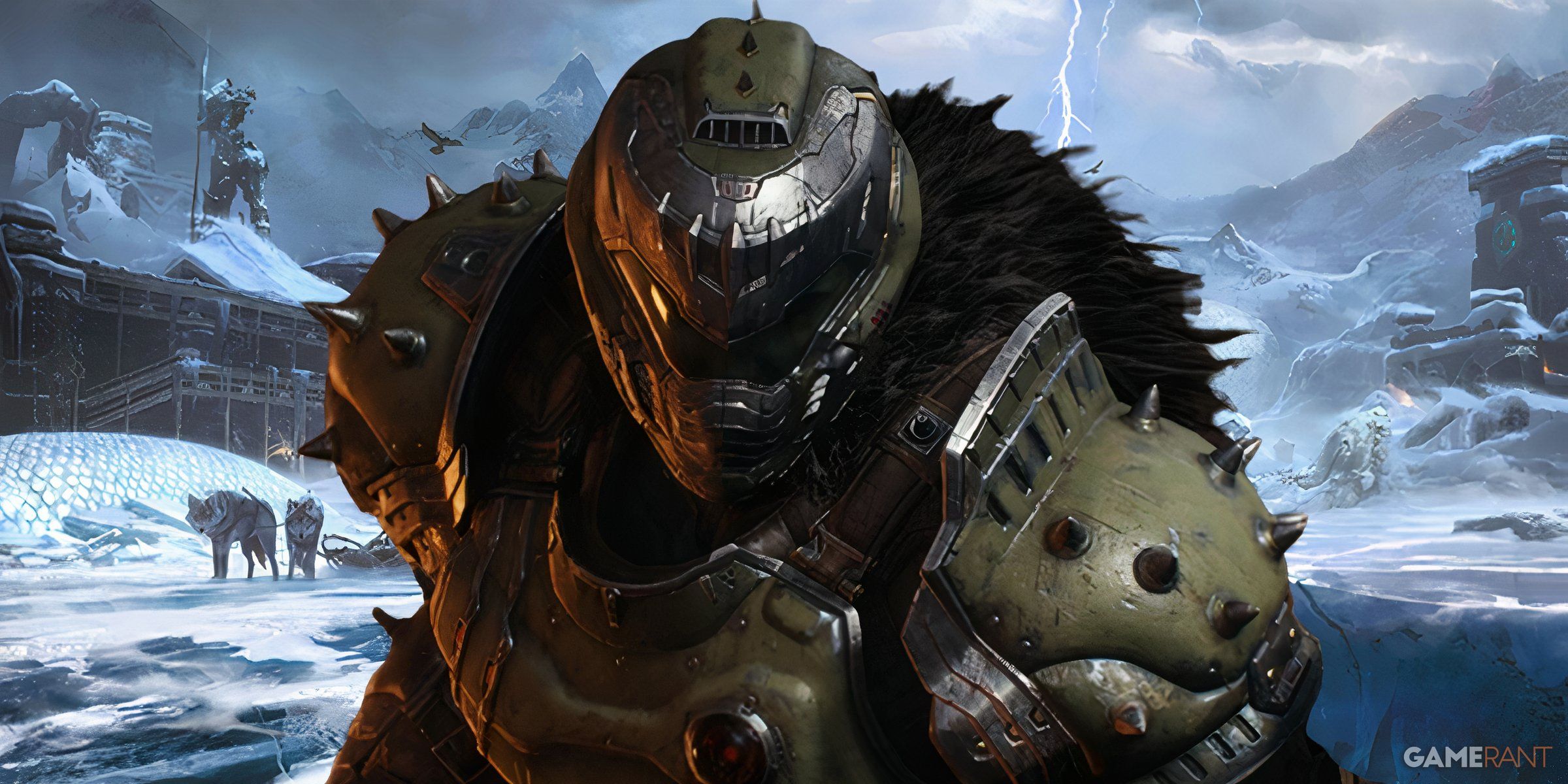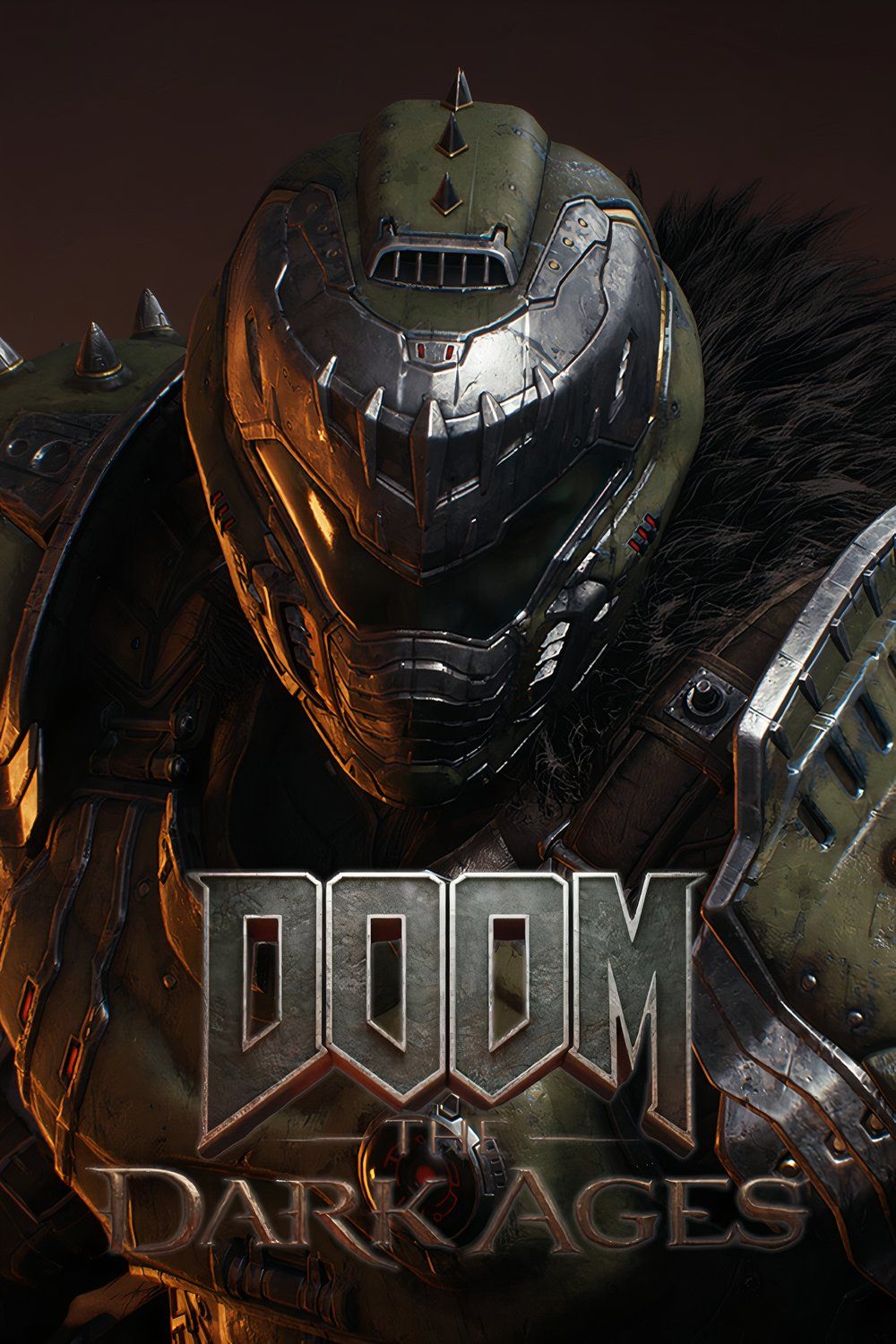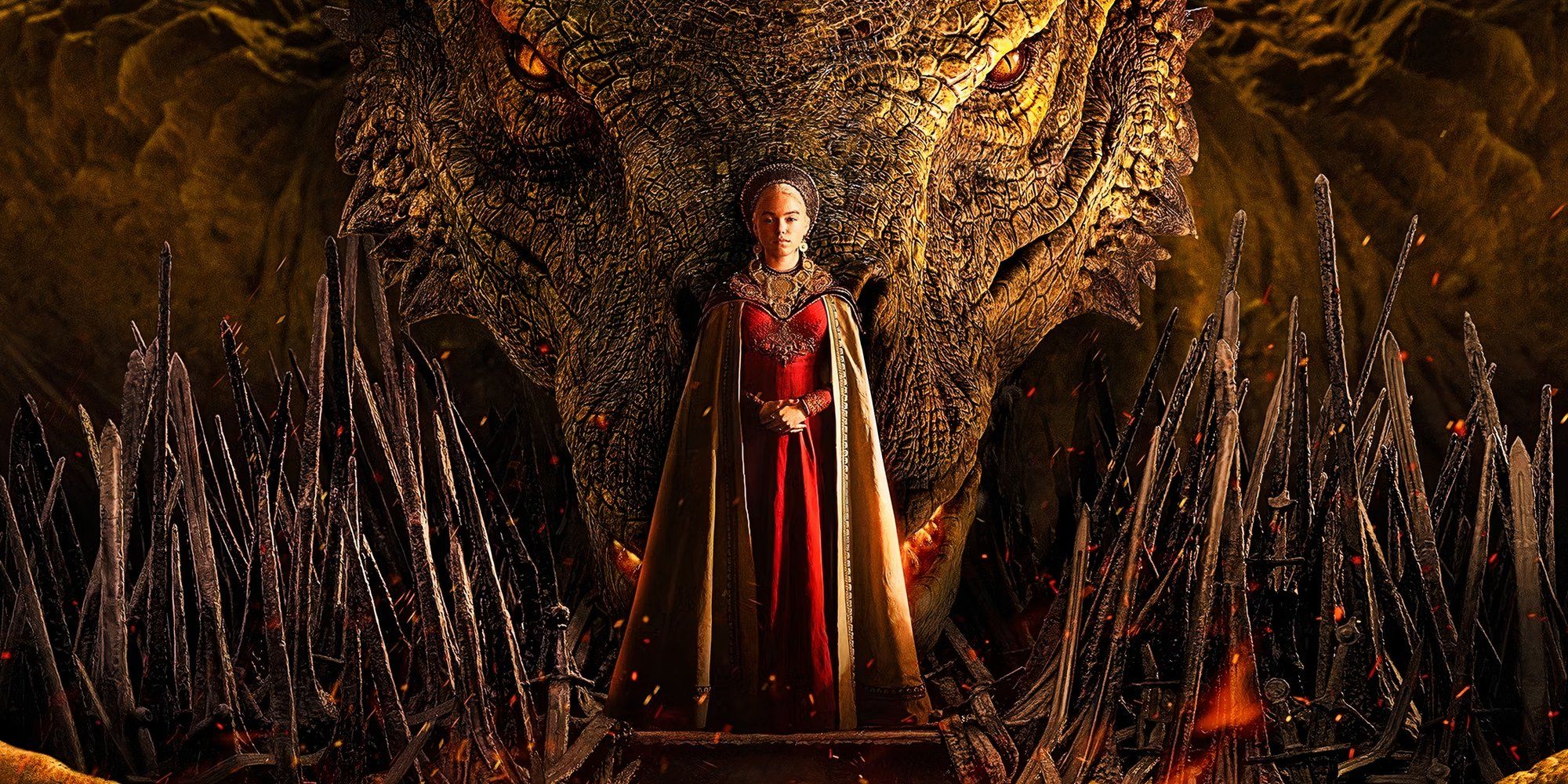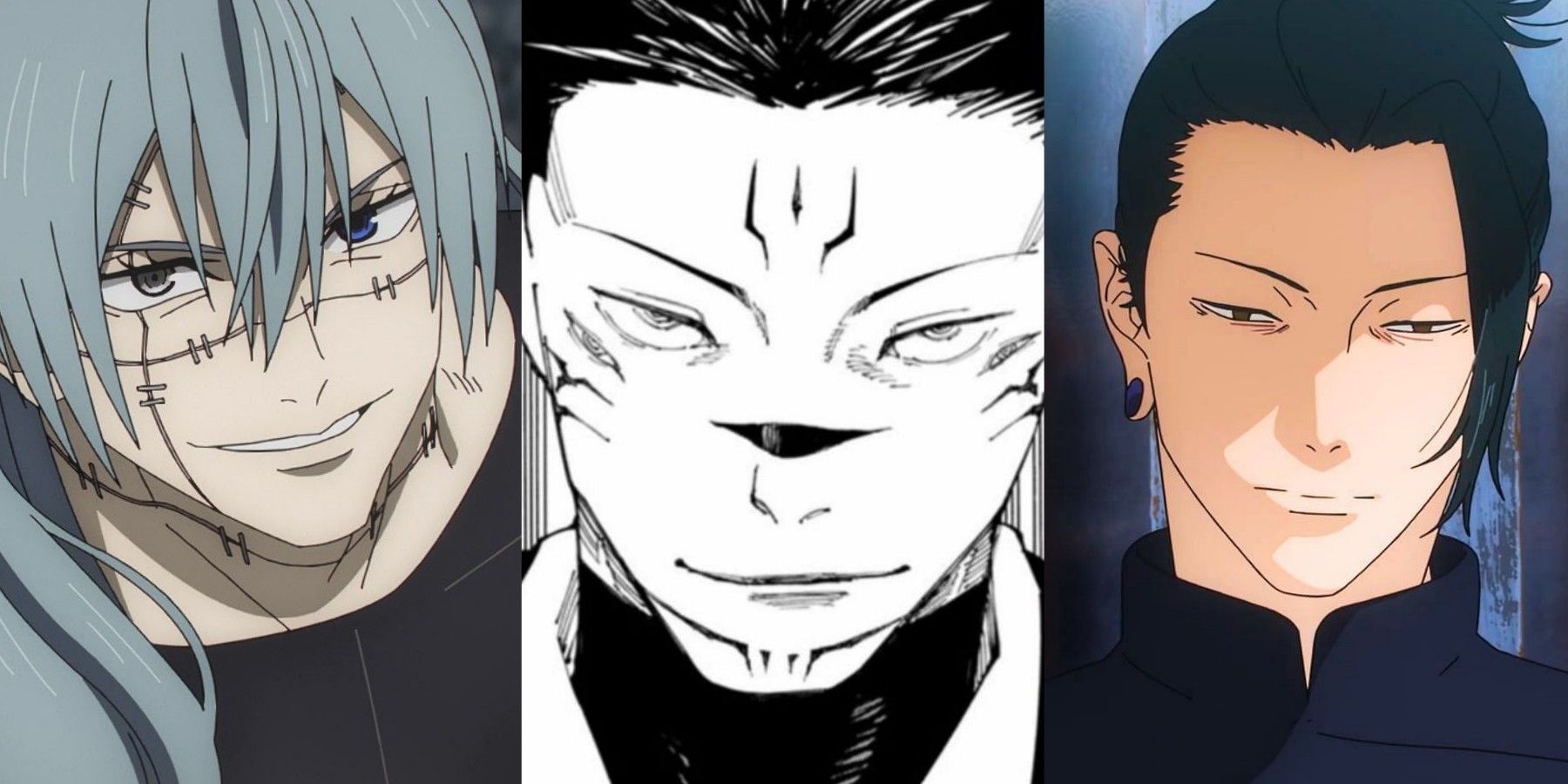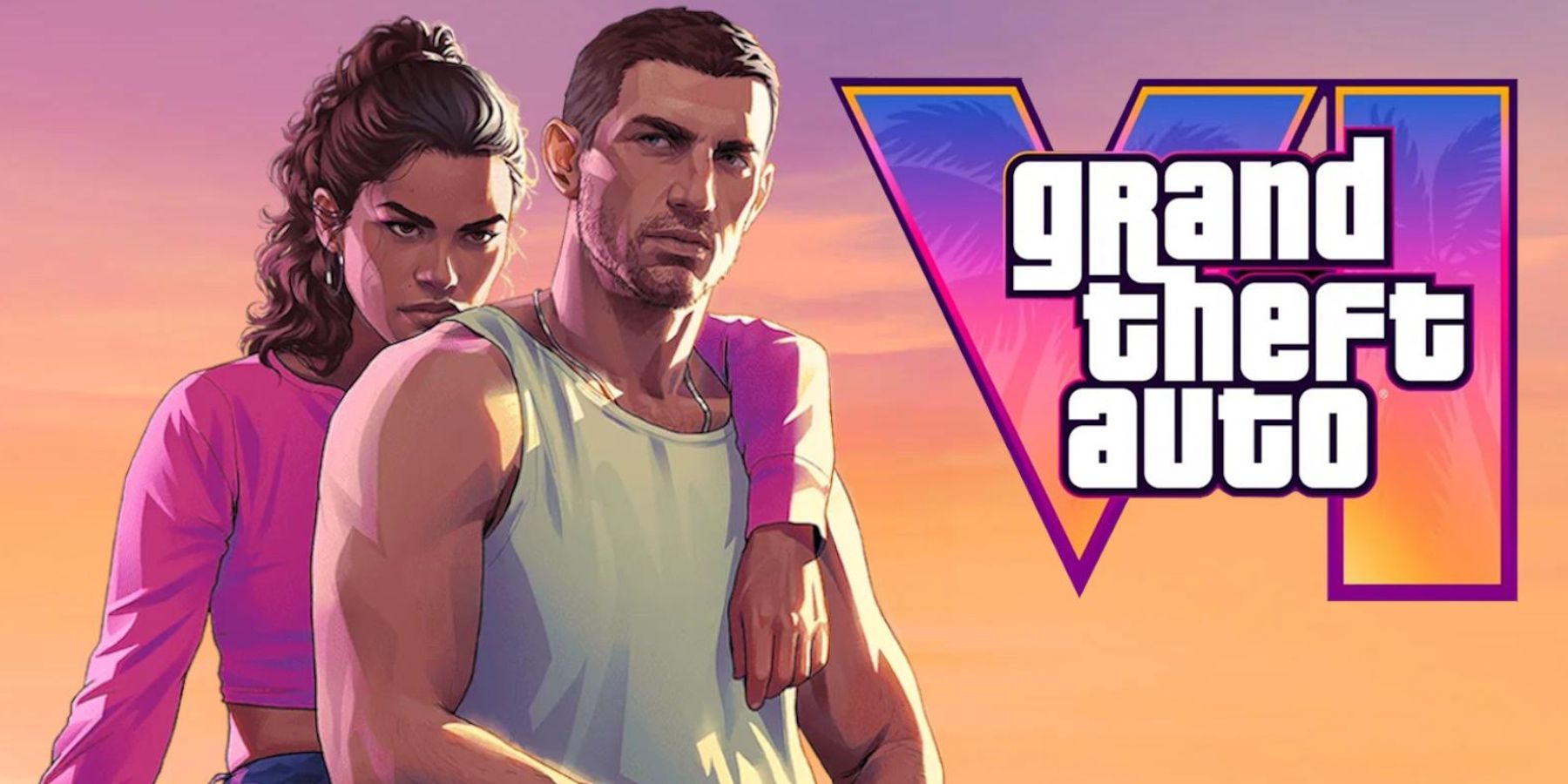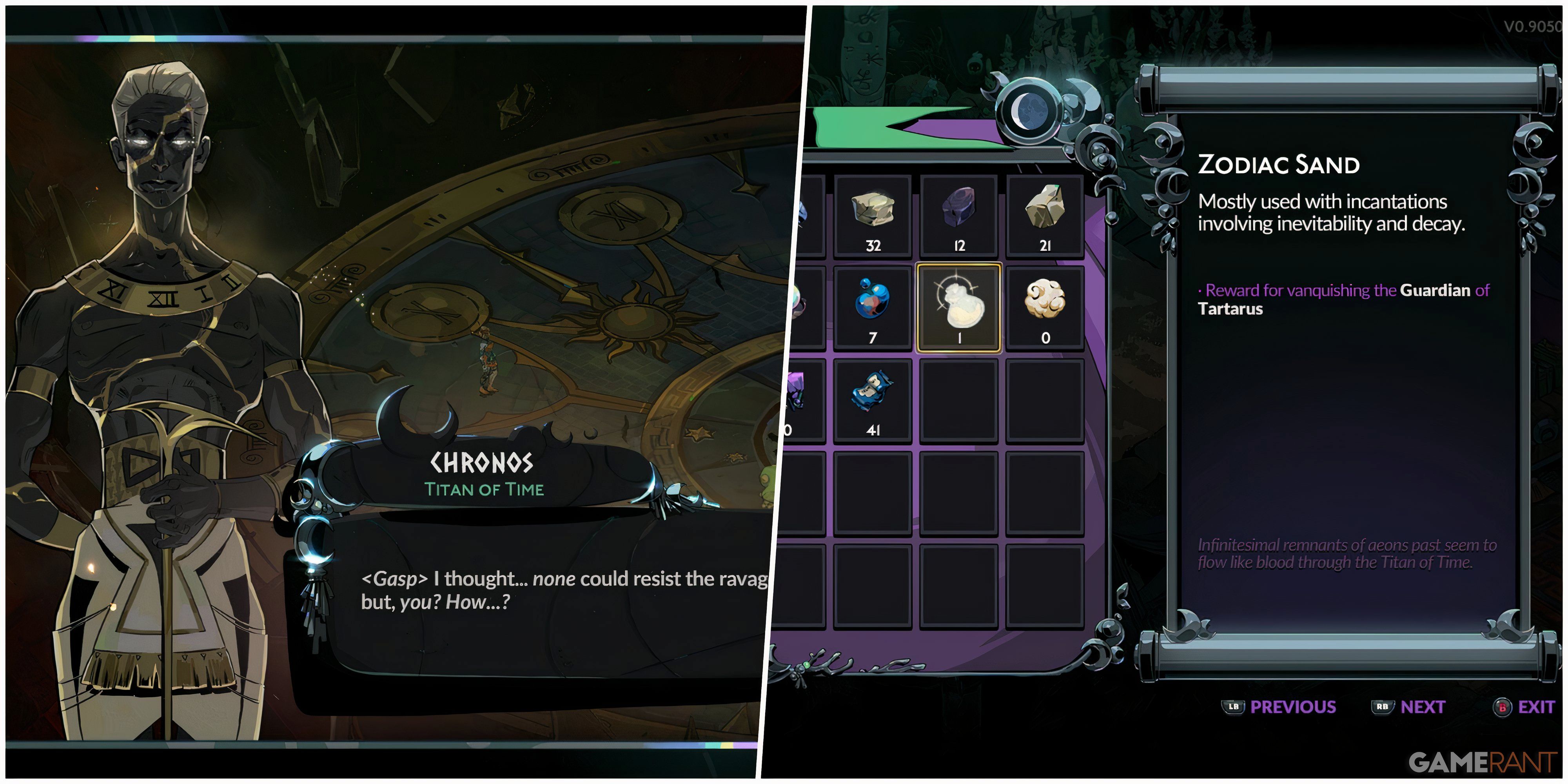When God of War was announced as the beginning of a Norse saga the franchise was suddenly brimming with untold potential. It was unknown and undisclosed how many entries would take place in Midgard and the other eight Norse realms, but God of War’s fated mural depicting other settings and cultures would go on to stir incessant speculation about where God of War may travel to afterward. God of War still hasn’t managed to depart from its snow-blanketed wilds, but it’s been declared that the Norse saga would conclude with God of War Ragnarok.
Doom and its sequel, Doom Eternal, have basically been in the same boat, though the recently revealed Doom: The Dark Ages will now be plunging the sci-fi shooter into dark fantasy. It’s unknown how many installments id and Bethesda might be able to milk out of this setting and atmosphere and, because The Dark Ages is presumably nestled between Doom 64 and Doom (2016), it’s inevitable that the series won’t be stuck in dark fantasy for long. Unless a multi-game plan has already been concocted, Doom: The Dark Ages should go all-in on medieval dark fantasy in a single entry and leave nothing on the cutting room floor for a potential sequel to have to provide closure for or abandon.
Related
God of War’s Norse Saga May Be Over, But It Probably Won’t Feel Like It
God of War’s exploration of the Norse realm is coming to a close, but the essence of the saga will likely continue through the franchise.
God of War’s Norse Saga Feels Unfulfilled with Only Two Games
God of War’s re-entry into the esteemed PlayStation-exclusive franchise was narratively a slow burn as it trudged players through snow, rowed them slowly through bodies of water and claustrophobic rivers, and introduced them to an entirely overhauled gameplay design. No longer can players spam the Blades of Chaos and no longer are there screen-filling hordes of enemies; combat is instead methodical, employing dodges and parries with a shield while giving players exhilarating options with the Leviathan Axe and a ranged mechanic showcasing Atreus’ archery skills.
God of War needed to devote its whole length to players acclimatizing themselves to these features, especially if players managed to maintain muscle memory from its Greek mythology beat-’em-ups. Baldur being the main antagonist implied that the roadmap ahead would look something like a sequel featuring Thor, as teased in God of War’s post-credits scene, and a threequel featuring Odin to complete a Norse trilogy.
Now, trilogies shouldn’t always need to be the default storytelling structure, but it at least would’ve given the Norse saga enough time to sink in and for players to absorb its atmosphere and lore. Ragnarok is still apparently said to be the final entry in God of War’s Norse saga despite Kratos hunkering down and planting roots there, and as a result the sequel had the difficult tasks of needing to toss in all remaining realms as in-game settings and juggle Thor and Odin as primary antagonists.
Doom: The Dark Ages Needs to Be Clear on Its Eventual Expiration Date
If Doom: The Dark Ages has a ton of potential for sequels to bask in the same dark fantasy biopunk atmosphere, it’s possible that id and Bethesda will want to double down on it. Indeed, Doom has been teasing some sort of medieval tone lately with swords and axes, and that’s finally being fully realized in The Dark Ages with ancient cathedrals and its own take on dragons.
Still, id and Bethesda must decide carefully whether they’d like this dark fantasy setting to be a one-time entry, duology, trilogy, or last even longer. It’ll be a shame if The Dark Ages alludes to tons of potential stories only to announce that its sequel will be the final dark fantasy installment, for instance, and getting out from under that sooner than later would put expectations in check.
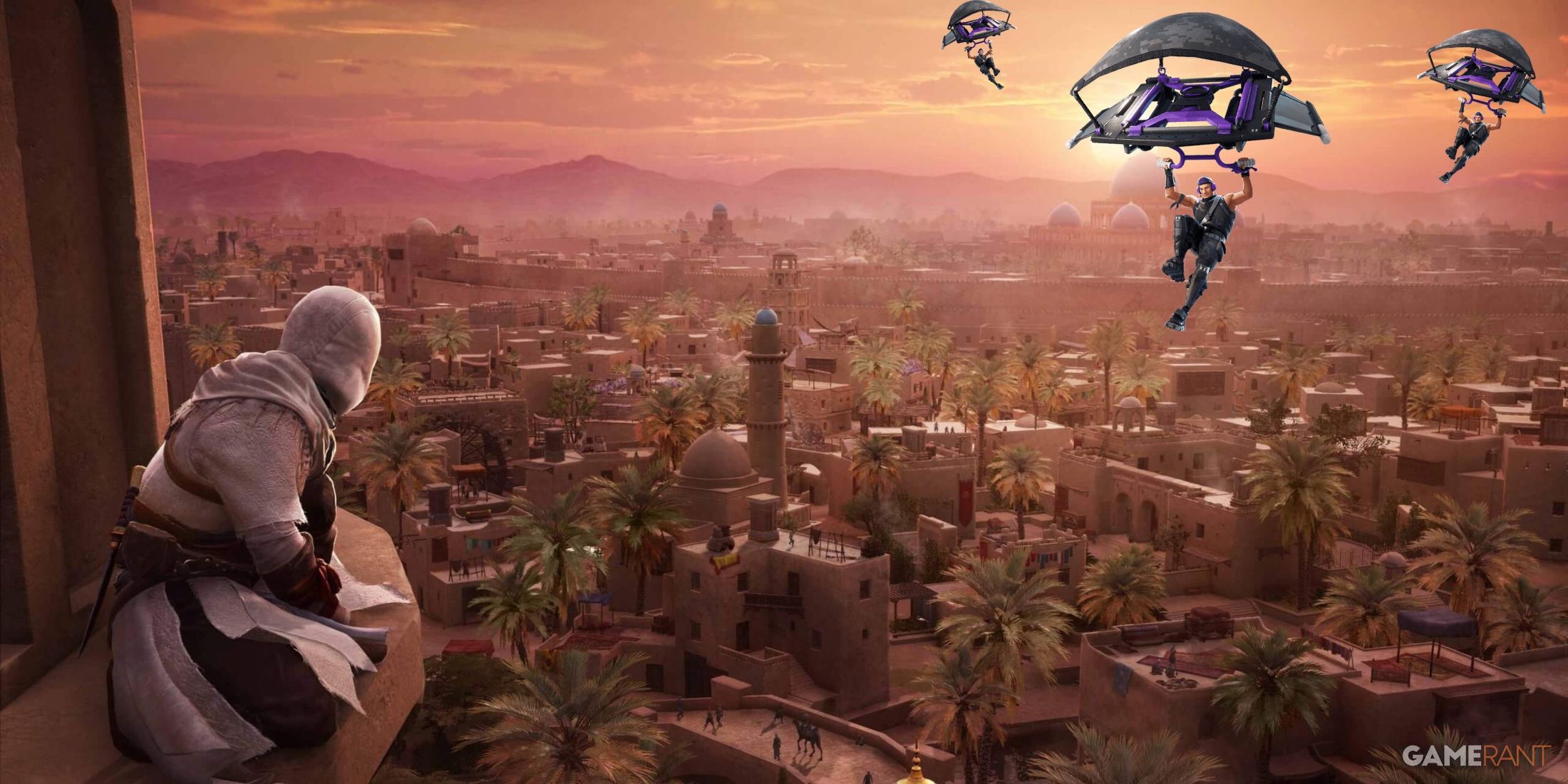
/cdn.vox-cdn.com/uploads/chorus_asset/file/25746665/247350_CMBF_2024_EWinataBFDealsYouCanStillGet.png)
